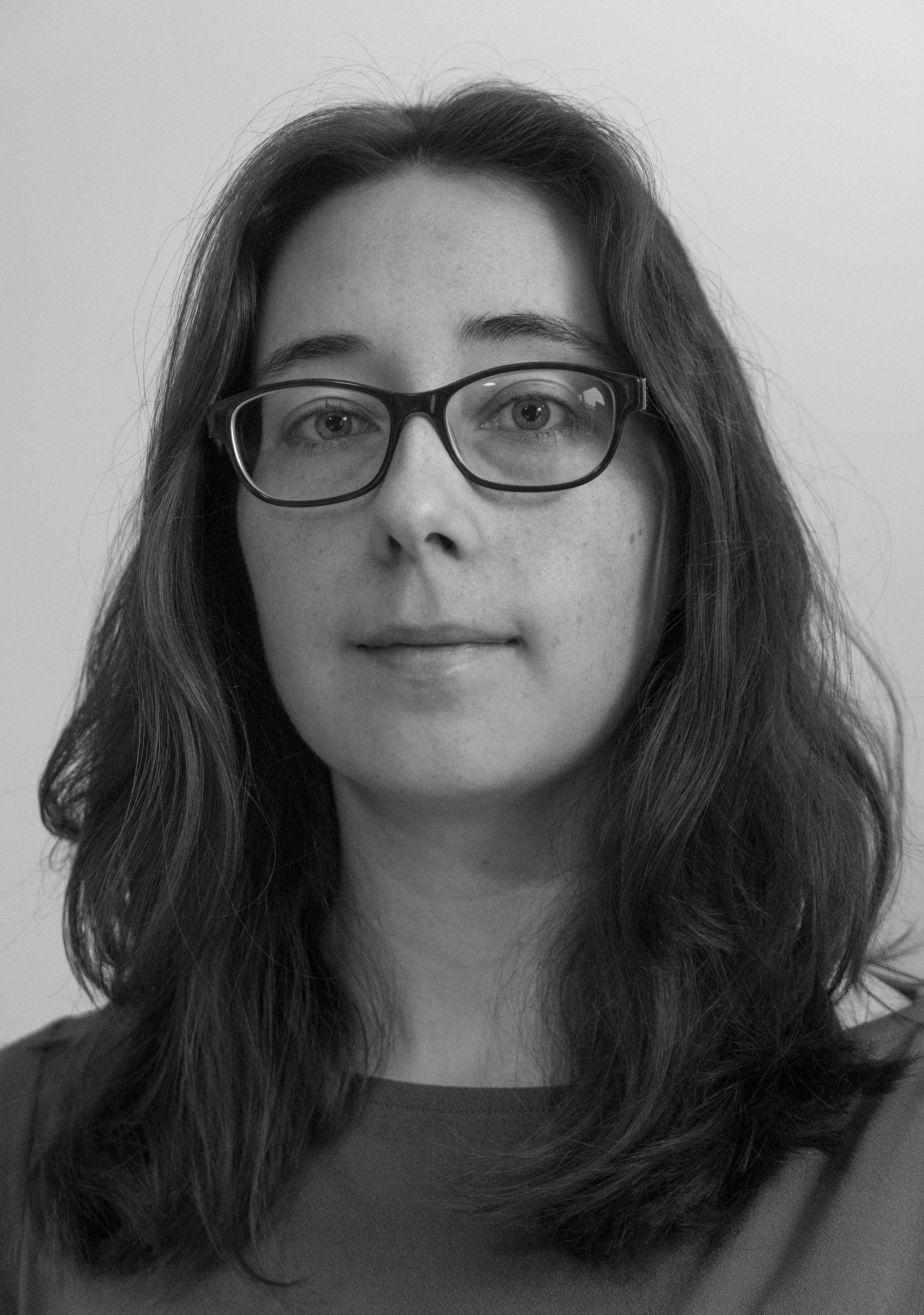
This term we’ve given a grant to Amanda Aiken, an illustrator based in the Scottish borders. Having worked on features, short films, and TV shows, Amanda is looking to develop her skills from a storyboard artist into a story artist — a role where pure visuals and sheer imagination helps to form the key beats from which a story and script develops. We talked about that difference, and her ambitions for her own project, ‘The Wait’.
We love to support industry professionals in their personal development and giving them a chance to stretch their wings into new areas. Join our Patrons scheme for as little as £5 / month – and we can keep supporting great artists like Amanda as they grow.
Hi Amanda. Could you introduce yourself?
Hello! I’m a storyboard artist, primarily in animation. I also animate at times. I’ve worked on feature films, TV shows, commercials – all kinds of things! I’m also a voracious reader, doodler, dog owner, Aunt to a lovely niece and nephew, and notebook collector. I still have all my notebooks of doodles and stories, some from before I went to school.
As a storyboard artist I take a script and draw panels from it, outlining the story of the show/movie before it reaches the animation stage. This results in an animatic, a video of drawn panels with music and dialogue that’s used as a guide for the rest of the project. I enjoy my work but I’d like to move more into the area of a story artist. Rather than starting with a script, story artists create the whole story and its visuals. It’s the story creation rather than the drawing that’s my favourite part of the job.
Storyboarding is a bit like getting to direct but with far less pressure and responsibility. I can choose camera angles and influence the emotion of a scene. If something isn’t working out, there are times I can even make changes to the overall story.
You are presently working on a graphic novel and we are delighted to be able to
support this through our patrons scheme. What is this project about?
I occasionally write short stories—it’s a good way to bring an idea to fruition more quickly!—and these sometimes develop into storyboards or short films. These stories are usually a response to something that’s happened to me, or that I’m frustrated about. Often the stories are best left as the written word, or forgotten about altogether, but with The Wait I decided I wanted to draw it as a short comic/graphic novel. Living as a Christian has caused a lot of people to challenge me why I wait for God in certain areas. The story, though not about the Christian faith, is about waiting, and the challenge of doing so when everyone around you questions why you wait.
Because my drawings are generally loose and rough a lot of my artistic ‘challenges’ to myself are to create finished pieces. Several years ago I illustrated another short story, Kinsey’s Sword, which can now be purchased online. The process of roughing out the illustrations was great fun. Designing the characters and refining the illustrations to a place I was happy with was, at times, torturous. Yet I was proud and pleased with the result and meant to make something similar again; unfortunately I’m an excellent procrastinator and I kept putting it off.
With The Wait I knew it would be an even greater challenge as I’d have to design a much larger cast of characters and locations as well as settling on a finished look. That’s why I’ve had the rough of the graphic novel sitting in a folder for well over a year! So I decided to ask Sputnik for funding to set aside time to research and draw the character designs. I also plan to use some of the money for print samples, as I’d like the final story to be published in print and online.
What do you think are most important features of a good story? What kind of stories
do you most enjoy telling?
What I’m always wondering, whether I’m reading or watching a movie or writing or drawing, is whether the actions that are taking place make sense. It’s not whether I would react in the same way, it’s whether a decision is odd for a character. If I don’t believe a character could have made that choice, then nobody else will either.
There are many other things that make up good stories but what I’m seeking to do is to satisfy the audience in some way. That could be by either fulfilling or frustrating expectations. To do this, I create for myself. What do I want to see happen? What happens if that goes as expected? What if it doesn’t? I note my own reactions and dive deeper into the most interesting and satisfying threads that are uncovered. Sometimes these things might only interest me, but that’s what’s most important. The stories I’ve written and drawn have one main thing in common: they’re stories I want to read or see.
I lean to the fantastical and magical, but I’ve always enjoyed juxtaposing that with reality. The ideas in my notebooks are wide-ranging. I don’t overlook any of them because they don’t fit with a preferred theme. Instead, I consider how solid the overall idea is and how strongly it takes hold of me.
To follow Amanda and her work, see her website or Instagram.
